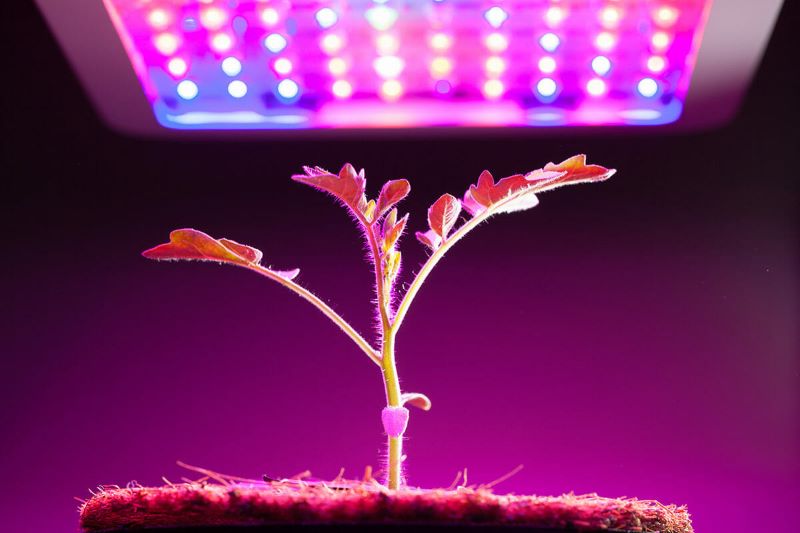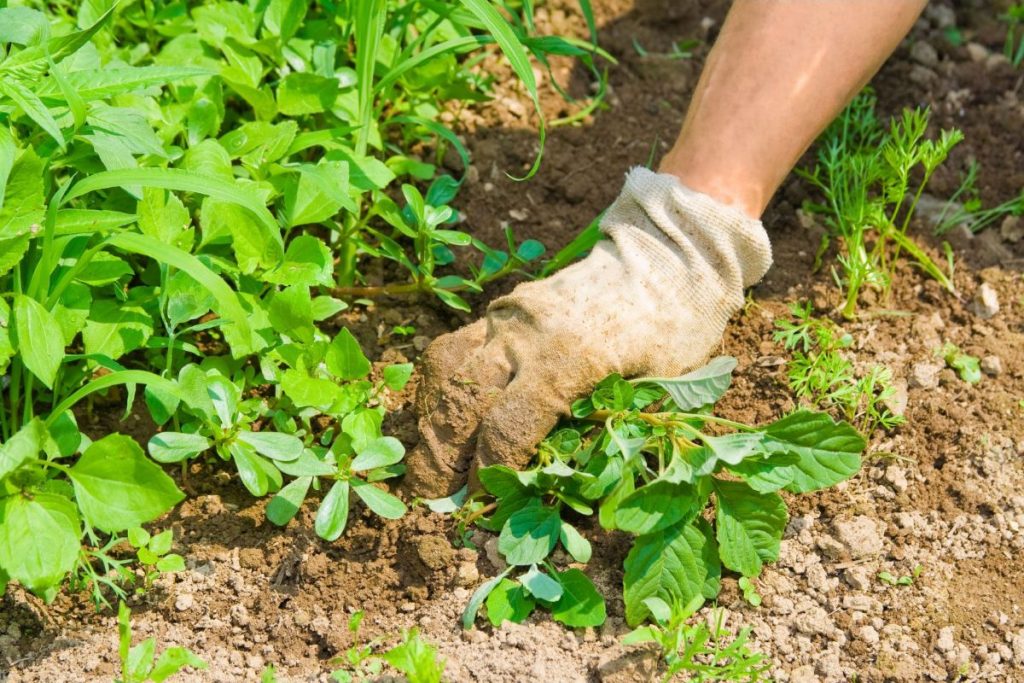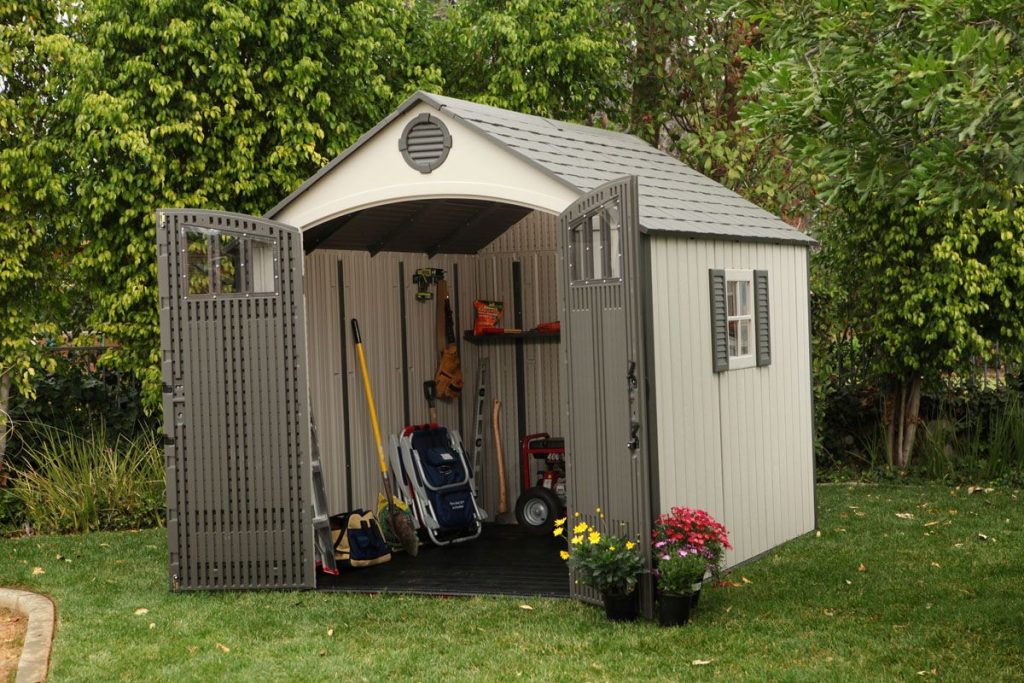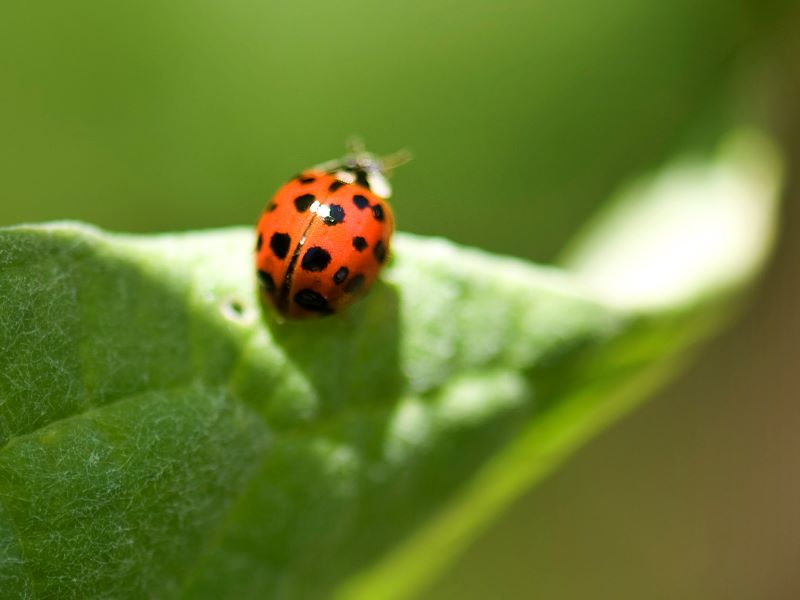Table of Contents
Setting up an indoor garden is an amazing opportunity to enjoy your own fresh, healthy produce 365 days a year.
Indoor gardens make it possible to grow plants year-round, independent of weather conditions and the length of your area’s outdoor growing season. They are also conveniently pest-proof.
According to recent statistics, growing food indoors is one of the major gardening trends. Already, 28% of Baby Boomers and 37% of Millennials are growing herbs in their own homes.
One of the tricky areas of indoor gardening, though, is providing your plants with optimal lighting conditions. The amount and quality of light plants receive will determine both their health and the size of your harvest.
Here’s all you need to know about how to best light your indoor garden.
Natural or Artificial
Generally, vegetables need between 6 and 8 daily hours of sunlight to grow properly. If your home offers a lot of natural light, you may be able to get away without installing an additional lighting system.
Otherwise, artificial lighting systems for indoor gardens are a great solution. They allow you to fine-tune how much light your plants get – and when.
LED or Fluorescent
Regular light bulbs don’t have the right wavelength spectrum or light intensity to sustain plants. And while fluorescent lights can be used to grow plants, you would have to leave them on for 16 hours a day.
High-tech LED lights are ideal for providing plants with all the light they need. In fact, NASA pioneered their use for growing plants in space.
LED lights are extremely efficient and long-lasting. They are also environmentally friendly and mercury-free.
Lighting Duration
No plant needs light 24 hours a day. They actually depend on an interval of darkness to respire, an important process for their growth rate.
Generally, vegetable seedlings require 14-18 hours of light. Once the plants are beyond that stage, most varieties are happy with 8-14 hours.
Most modern lighting systems include built-in timers – you won’t have to remember to manually switch the lights on and off.
Lumen vs PAR Rating
When you’re buying a lighting system, watch out for the PAR rating, not the more familiar Lumen values.
PAR stands for “photosynthetically active radiation”. While Lumen measures how bright a light is to the human eye, PAR weighs how plants use parts of the spectrum for photosynthesis. This means that PAR is the better basic measure when choosing a growing system.
The PAR rating you need depends on the plants you’re planning to grow. Leafy greens like lettuce are happy with a PAR value of 200. Tomatoes, on the other hand, require 400 or more.
Distance From Light
Make sure to place the light source as close to the plants as possible.
As a rule of thumb, the PAR value of the light emitted from your lighting system is reduced by half every 8 inches.
This means that the closer a plant is to the light source, the higher the efficiency of your system will be.
Light Temperature and Color
Finally, it’s also important to know that different light wavelengths – called color temperatures – impact plants differently.
Higher color temperatures (blue light) boost photosynthesis rates, leading to bushy, compact plants. Lower temperatures (red light), on the other hand, encourage plants to grow taller, fruit, and flower.
Generally, a natural-color temperature spectrum is most aesthetically pleasing. It also allows plants to grow compact, and produce flowers and fruit.
Conclusion
Which lighting system is right for you depends on the natural lighting conditions in your home, and on which plants you’re planning to grow.
With some research and proper planning, you can set up a system to help your plants prosper. And to let your family enjoy fresh produce all year long.








